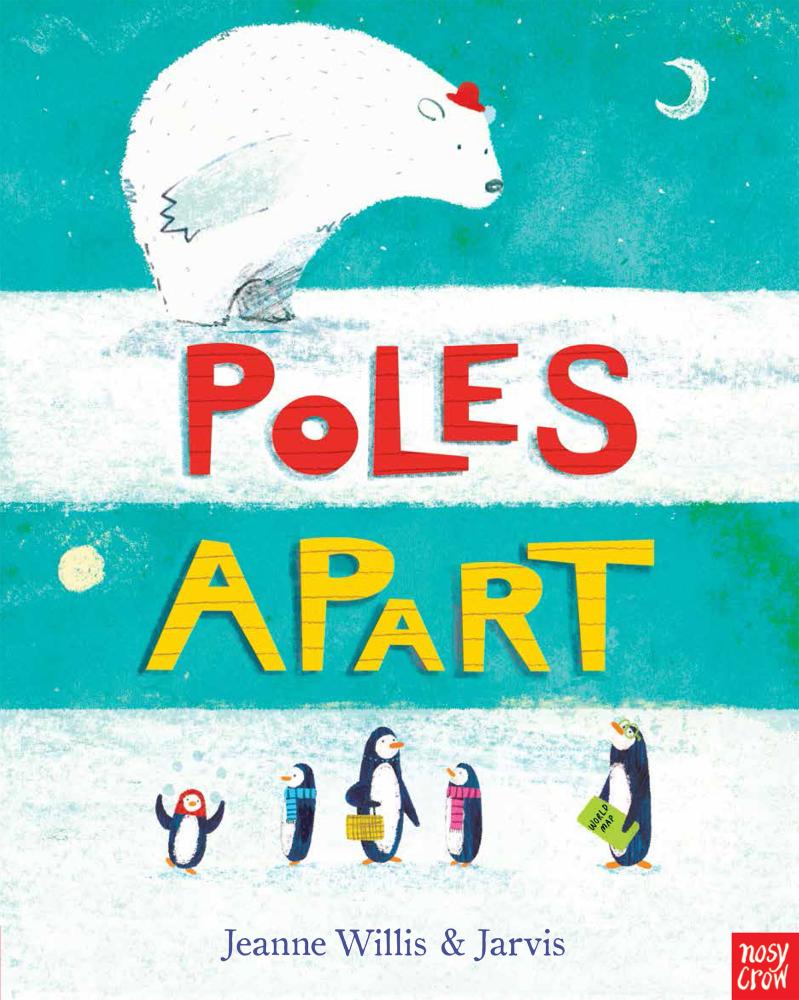Poles apart: Life at the ends of the Earth by Dr Mark Norman

black
dog books, 2010. ISBN 9781742031354.
(Ages: Primary) Highly recommended. What a wonderful, idea! And
beautifully executed. One of my pet
ggrrrs
is that people mix up the animals, habitat and bird life of each of our
polar regions, and here is a book which sets out plainly and seemingly
simply, exactly what lives where.With succinct and precise
words, Dr
Mark Norman elucidates what each polar region is like. The North Pole
is ice on sea, with the sea floor four kilometres below, whereas the
Antarctica is land with three kilometres of solid ice above it. On the
next page we are told what sort of flora exists in each region, then to
the animals, the pages that will interest most kids.
Each double page spread has the North Pole information and pictures at
the top, with the South Pole information and pictures at the bottom.
Between each is small globe reiterating where the Polar Regions lie in
relation to each other. No one reading this book will have any excuse
to mix up the two! A clever device which works well is the simple
turning of the book around to fit all this information together.
I was amazed at the differences between the two regions, the tundra of
the north and the moss of the south, the flowers and insects in the
north and the 'walks' in the south! Each double page spread held me
captivated, learning new information and recalling things learnt years
ago but long forgotten. The last double page tells the reader of the
affects of global warming, and exhorts them to play their part in
helping reduce the impact by planting trees, recycling and so on. A
number of web sites is given for more information, and the book is
wells served with a succinct glossary and useful index.
This like Dr Mark Norman's other books (The octopuses' garden: The
Secret World under the Sea; The Penguin Book: Birds in suits;
The
Antarctica Book: Living in the freezer; The Shark Book: Fish
with
attitude and The Great Barrier Reef Book: Solar Powered)
will attract
attention from those who give out awards, and more importantly from its
target audience, the kids. Dr Norman is senior curator at Museum
Victoria.
Fran Knight